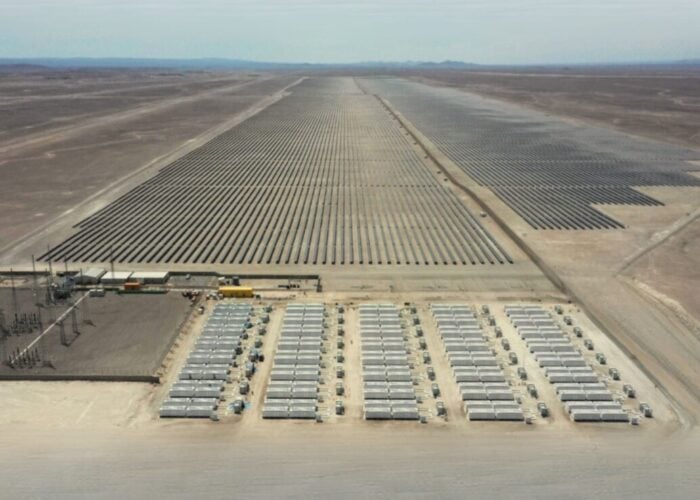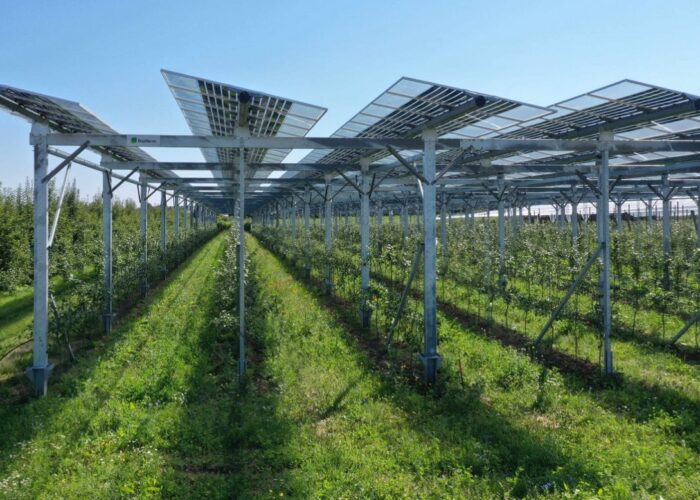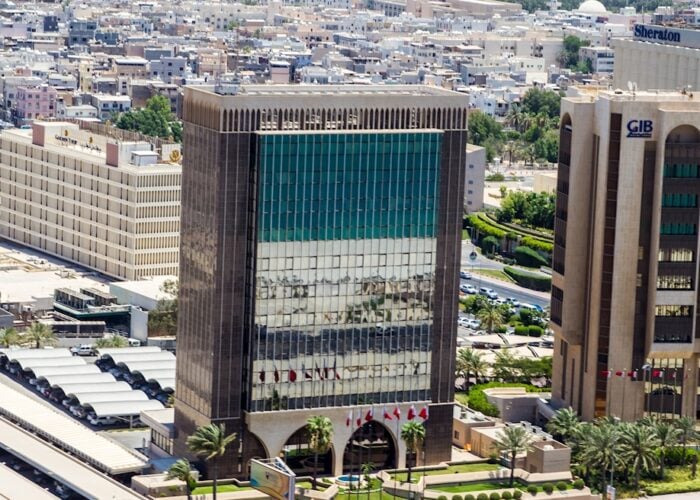Thin-film is better suited to compete across all market segments with its conventional rivals than ever before, despite generally recording lower conversion efficiencies, Solar Frontier CEO Atsuhiko Hirano has said.
Two manufacturers recently logged record conversion efficiencies for mass produced thin-film cells, with Manz AG hitting 16% and TSMC pushing the record up by 0.5% just a day later in late April. First Solar also scored 18.6% for the efficiency of a CdTe cell in the lab earlier this month. Meanwhile, also in April, Chinese firm Trina Solar claimed that it had broken records for a p-type multi-crystalline module at 19.14%, while an as-yet unverified claim from Hanwha Q Cells puts that firm’s non-mass-production version of its Q.ANTUM cells at 19.5%.
Try Premium for just $1
- Full premium access for the first month at only $1
- Converts to an annual rate after 30 days unless cancelled
- Cancel anytime during the trial period
Premium Benefits
- Expert industry analysis and interviews
- Digital access to PV Tech Power journal
- Exclusive event discounts
Or get the full Premium subscription right away
Or continue reading this article for free
However, Hirano told PV Tech at Intersolar Europe at the beginning of this month that obvious conclusions drawn from these headline figures did not give the whole picture and that Solar Frontier remained committed to the virtues of its CIS PV technology.
“We have a strong belief – and we’ve been proving – that thin-film CIS is applicable for all market segments including residential, commercial rooftop and utility,” Hirano said.
“But there were some perceived views that, because of the lower conversion efficiency, we may be inferior against monocrystalline silicon in a limited space area.”
For regions such as more northerly areas of the EU, such as the UK and Germany, Hirano said the versatility of thin-film still to generate power in low light conditions was one example of its competitiveness.
“…it has been proven clearly to the end customer that it’s not the conversion efficiency but it’s the real-life power generation that counts for the economics of the investment.
“And the shadow tolerance, the power generation under low light radiation has proven to be one of the key strengths in providing the largest power output per unit sold, therefore giving the end customer the most economic solution.”
Separately, Solar Frontier’s chief technical officer (CTO), Satoru Kuriyagawa, was quoted this morning by Bloomberg as also having said that the company sees more potential for further cost reduction in thin-film production processes than in its more commonly used crystalline silicon rivals.
“There is still room for improving conversion efficiency and reducing raw material costs. Thin-film panels are in a better position in terms of cost reduction,” Kuriyagawa said, according to Bloomberg.
Kuriyagawa’s words seem to echo the sentiments of Manz AG chief Dieter Manz, who told PV Tech last December that in his view, as demand for PV rose, thin-film makers would find scaling up their production to be easier than rival technologies.
“If we talk about the next generation and bigger markets, we are convinced crystalline technology is not the technology of choice,” Manz said.
“Thin-film will have a much better cost position, thin-film is much more reasonable to make it bigger – if you look at the cost structures of really big factories, 5GW or bigger, thin-film technology has a lot of advantages.”
Solar Frontier’s Hirano said it had been something of a long process to get the competitiveness of thin-film across to prospective stakeholders, but that the strategy was paying off.
“So it did require quite a bit of wording and understanding to bring across that message, because it was so simple for the crystalline silicon manufacturers to quote the conversion efficiency as the prime parameter, but I think that as we started to do our sales and marketing activity, people started to realise conversion efficiency is just one parameter which defines the characteristics but does not give the ultimate solution to the investment decision.”
“So gradually, but persistently, we managed to get through that hurdle,” Hirano said.
New forms and the shape of PV to come
Also today, the completion of a PV installation in Singapore using Solar Frontier’s ultralight and bendable CIS modules was announced. The company has been showcasing the modules at trade shows including PV Expo in Tokyo in February, where visitors were encouraged to put the durability and flexibility of the material through its paces.
PSA Singapore, operator of a major transhipment container hub in the local port, has fitted out its latest terminal building with the thin-film modules, although details of the installation, such as size and output have not been revealed. Solar Frontier says the lightweight modules replace the glass substrate layer of a conventional module with a bendable metal substrate, while replacing the module’s cover glass with a high-performance resin film cover. There are also no frames on the modules.
In a similar vein, PV Tech recently spoke to Rimyvdas Karoblis, CEO of Lithuanian firm Via Solis, at Intersolar Europe. Karoblis was bullish on the potential of BIPV materials to open up new avenues for solar. He said that part of the reason for Via Solis participating in SmartFlex, a partly EU-funded project to allow architects and homebuilders to create realistic mock-ups of BIPV facades for buildings, was to help non-solar industry professionals to understand how PV could be incorporated into building design from the earliest stages of the process. Thus, he said, architects, designers and possible funding partners including investors could better understand the value of solar.





